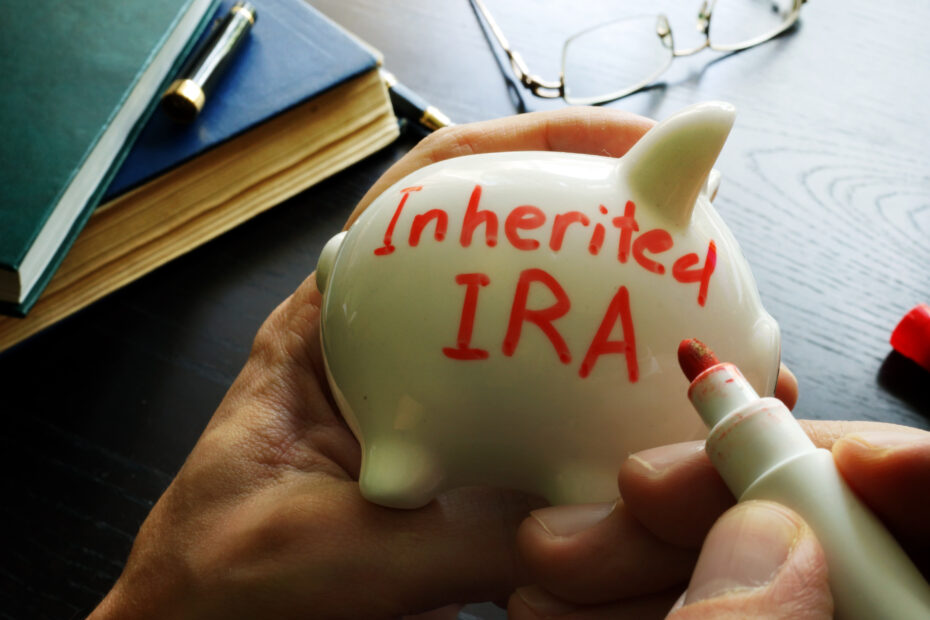There is a big shift happening when it comes to retirement savings. The oldest baby boomers are starting to hit their mid-70s and with that comes the realization that this older generation will be passing on. Personally, I have lost both of my parents in the last few years. With the enormous population of this generation around 70 million strong this means that the younger crowd in their 40’s or 50’s will start to inherit the hard-earned wealth that comes with them. If you are wondering who buys those $200 lululemon yoga pants and $9 cups of coffee, well, now you know. The wealth shift is already underway. Today, there are about 2 and a half million deaths every year, but this will rise to over 4 million in the next 25 years due to this large segment of our population passing on.
Here at Sustainvest, we see these transitions of wealth when it comes to IRAs and their beneficiaries on a weekly basis lately. We also see the confusion that pops up with inheritors as they scratch their head when they find out they may need to open something called an Inherited IRA (sometimes called a Beneficiary IRA). It’s like you just told them directions on how to drive from Exit 15 on the NJ Turnpike from Secaucus down to exit 38 off the Garden State Parkway. Fugget about it. So let’s get an understanding as to what these investment vehicles are.
Inherited IRAs are accounts an investor sets up with the funds bequeathed to them after an IRA owner dies. Basically, they’re the same tax-deferred vehicles as Traditional IRAs with caveats. Rules vary significantly, whether for spousal and non-spousal beneficiaries or if the original account was a Traditional IRA or a Roth IRA. Yes, a beneficiary can just cash out IRA funds and plop them into a bank account, but once you do this, there can be hefty income taxes due on those funds and they lose the advantages of having an investment that continues to defer taxes inside that shell of an IRA.
Now that it is sitting inside an Inherited or Beneficiary IRA, what must be done? Well, the IRS is still waiting with their hand open to get their piece of the pie. With some Inherited IRAs they do require you take bits out each year. This is called Required Minimum Distributions or RMDs. Along with the rules of bridge and Wheel of Fortune, RMDs are well known in retirement communities of those over 70 years old. However, with the introduction of the “Secure Act”, it is becoming a bit more complex. The most common questions we get are “When do I need to take out my RMD” and “Do you know how much I am required to take out each year to cover my RMD amount”?
If the original account owner passed away on or after January 1, 2020, in most cases, non-spouse beneficiaries will need to fully distribute their Inherited IRA account within 10 years following the death of the original owner. This was considered a fairly large set back as any inherited IRA owners where the original account owner passed away before 2020 are still able to take small RMDs over their own lifetime. In other words, they are not stuck having to withdrawal the whole account in 10 years and instead can take small amounts over decades of their lifetime. Some clients that we manage portfolios for have decided to hold off on taking any distributions for the first few years and instead will let the funds grow tax-deferred, while others are spacing out these annual distributions. For example, if someone inherits $400,000 from a non-spouse, they are deciding to withdraw $40,000 per year over the next 10 years to cover the mandate and keep taxes at bay as much as possible.
For surviving spouses who are beneficiaries of their spouse’s IRA, distributions can still be spread over the life expectancy of the beneficiary, thereby spreading out the tax payments. When it comes to inheriting a ROTH IRA, there are a multiple of ways that the beneficiary can handle this tax-free IRA and an advisor should be consulted on these different options. Keep in mind, additional contributions may not be made to an inherited IRA at any point. One must have a Traditional or Roth IRA to make contributions outside of Inherited IRAs.
The shift of wealth of the baby boomer generation is underway and knowing the ins and outs of any possible inheritance that comes your way could make life simpler if and when your ship comes in. If you have any question related to this, feel free to to contact us at info@sustainvest.com
